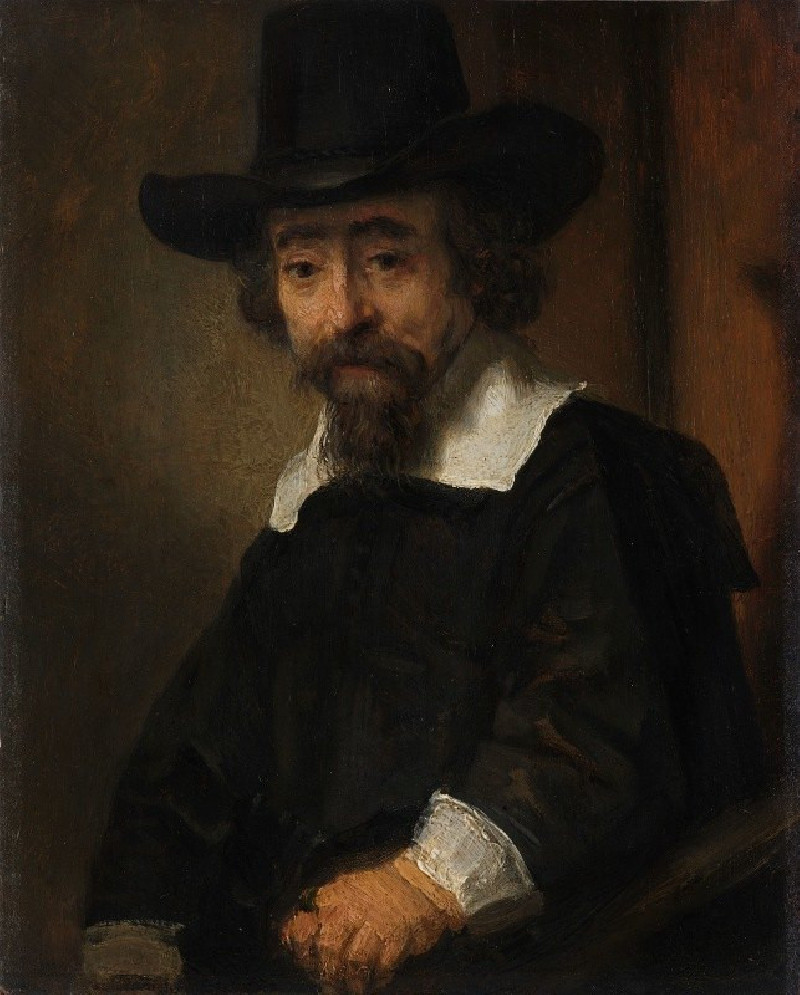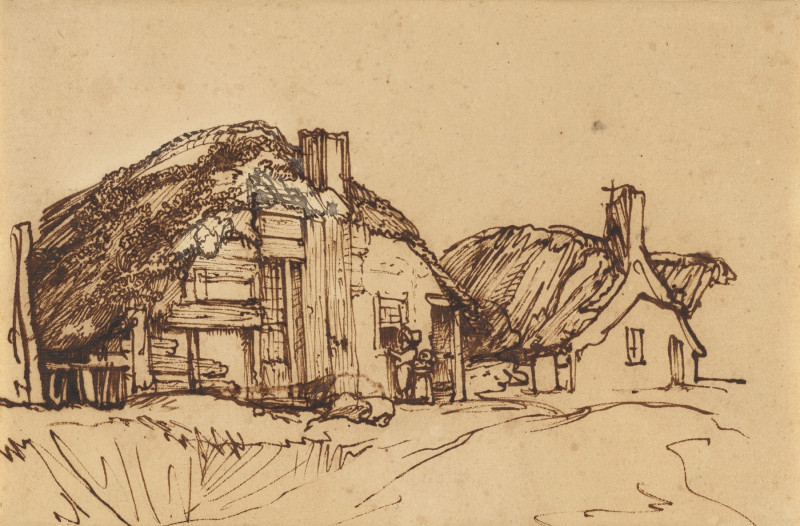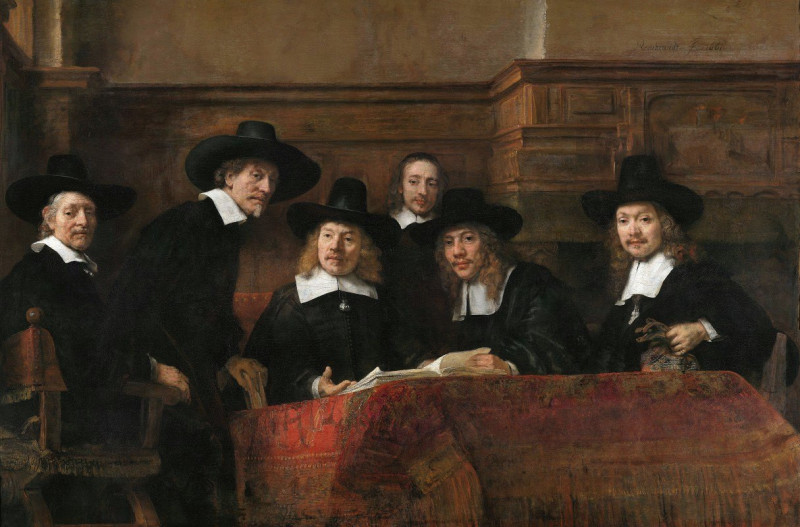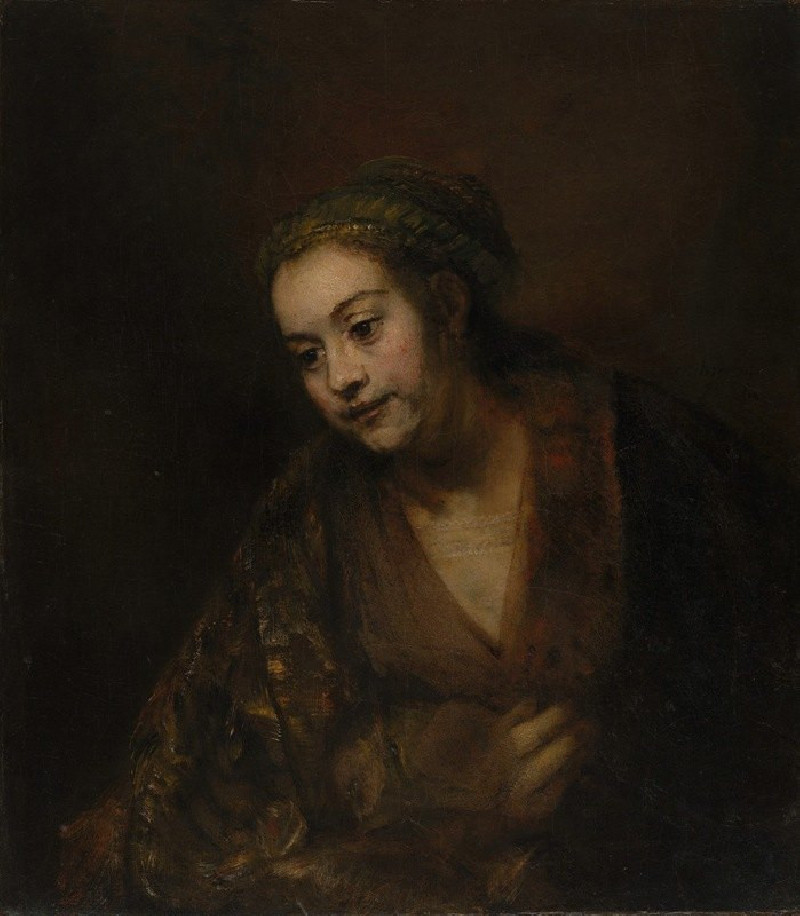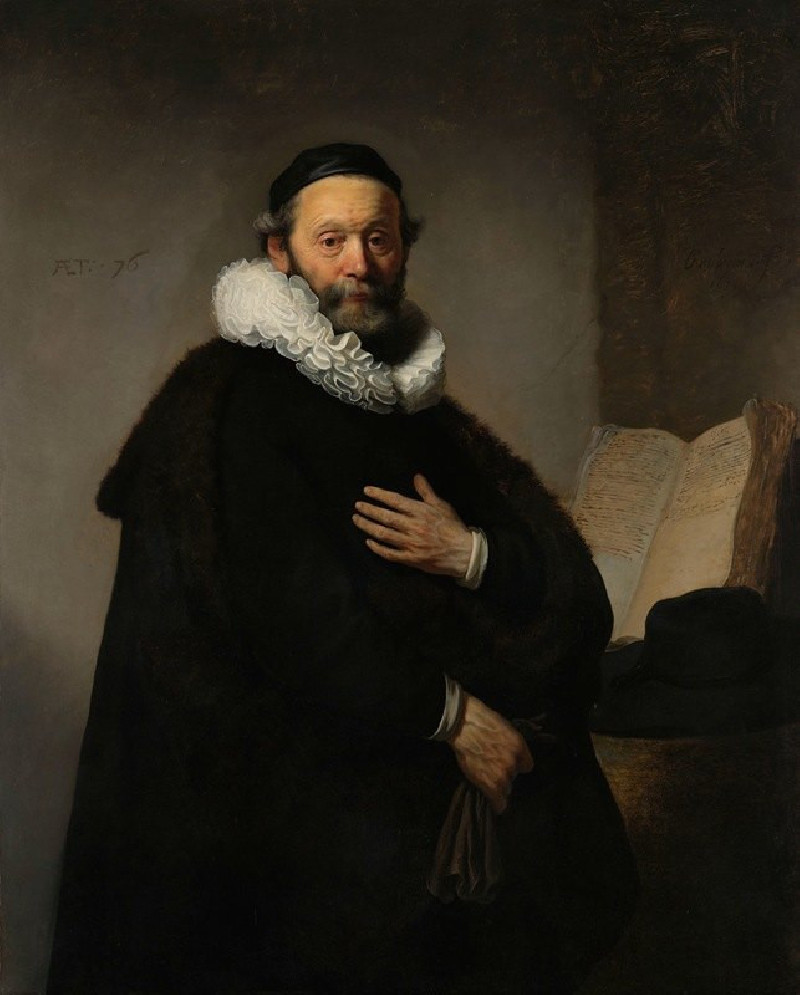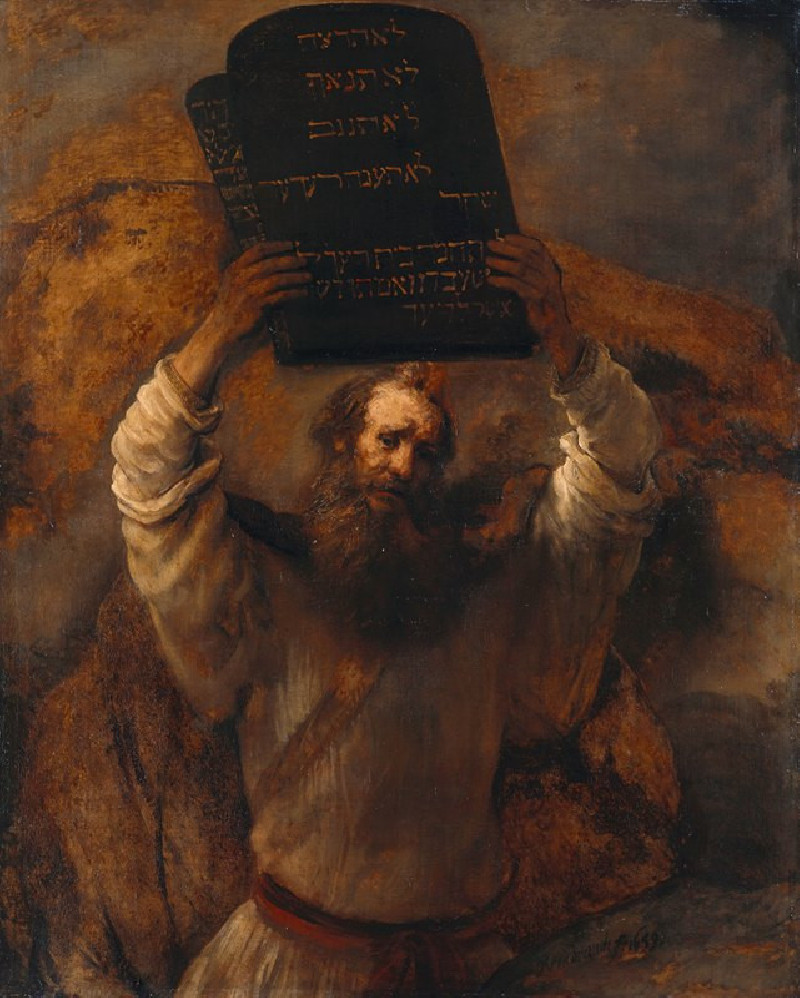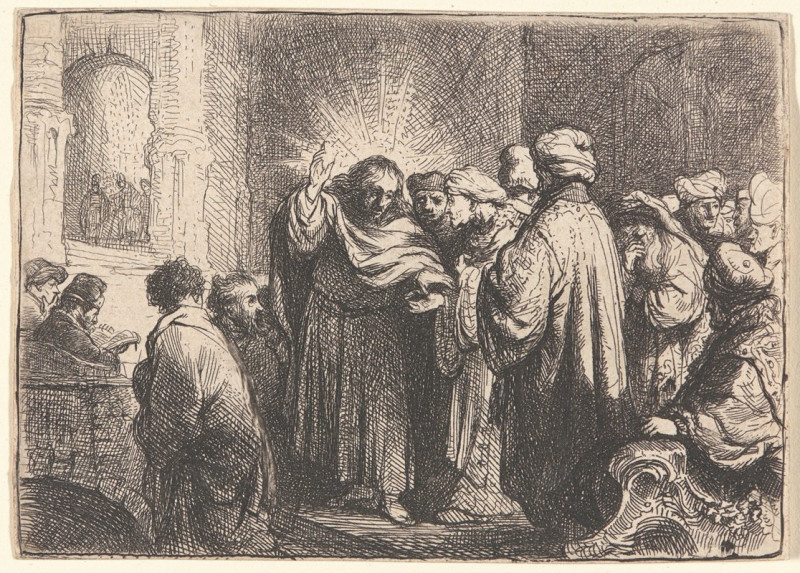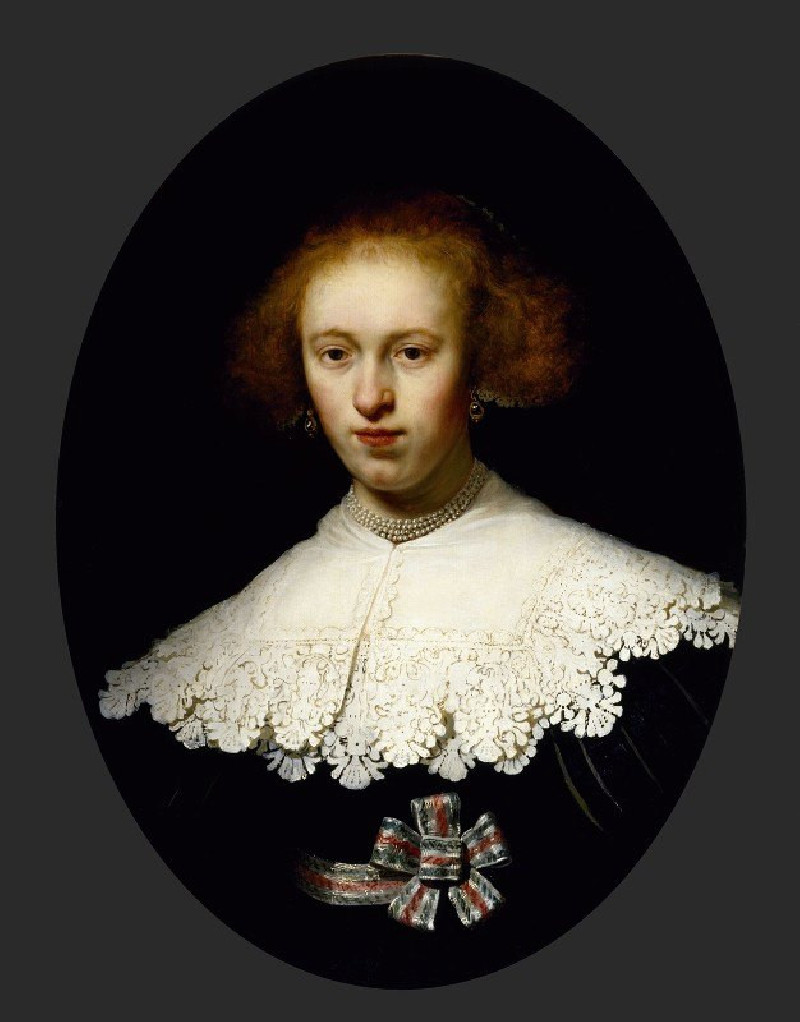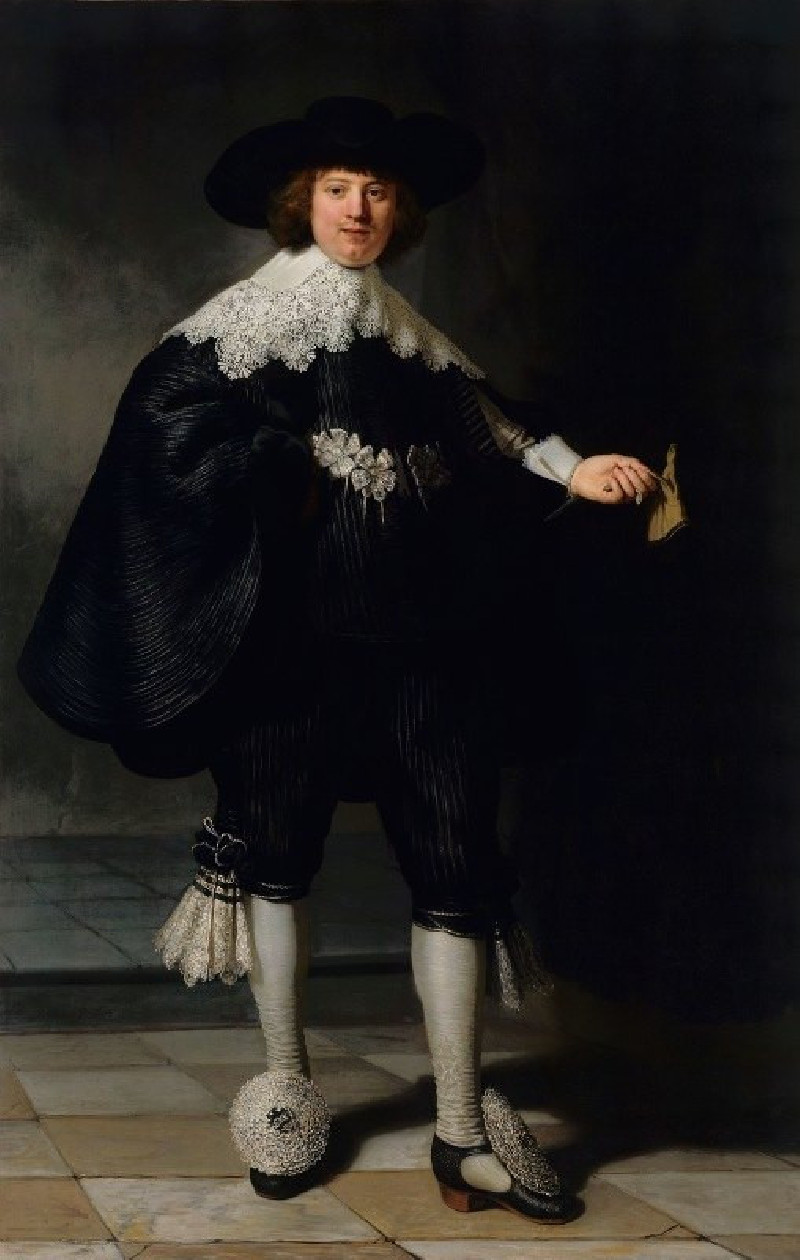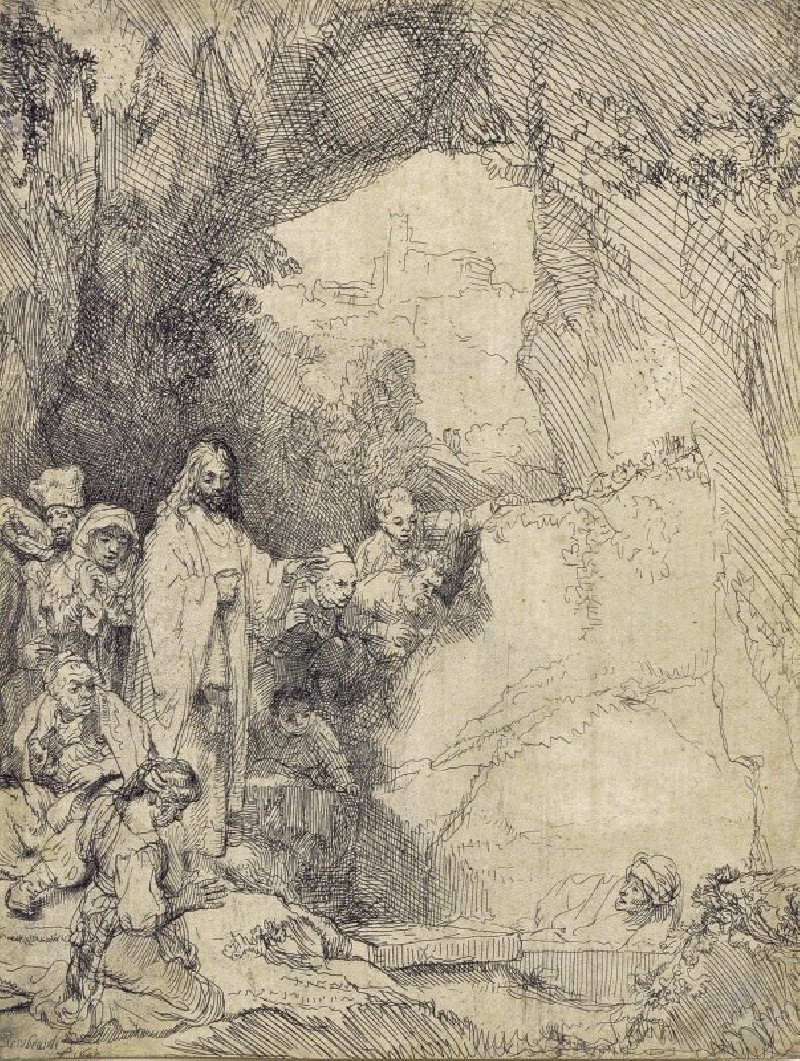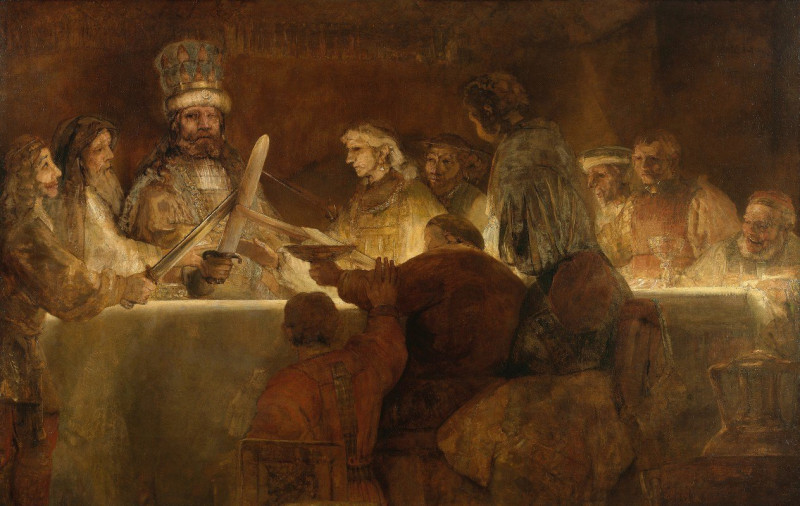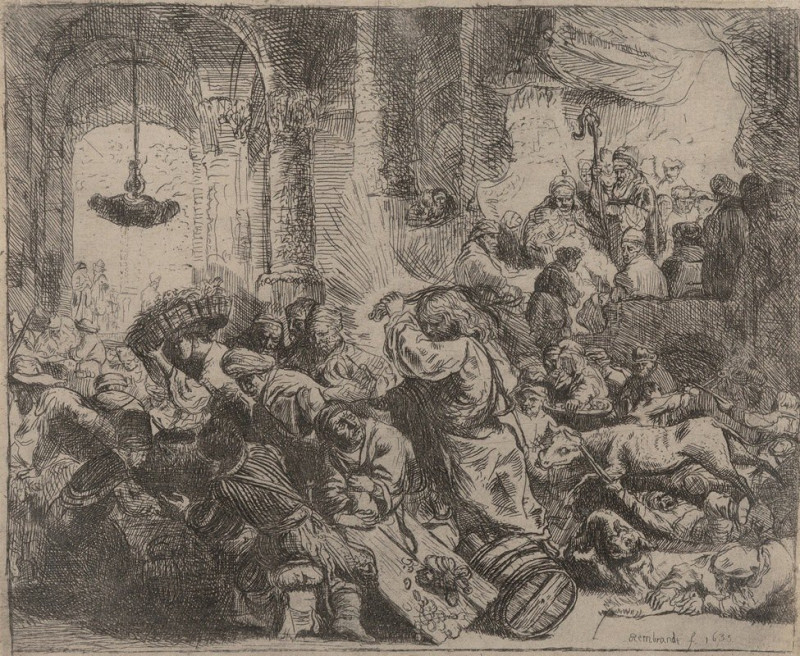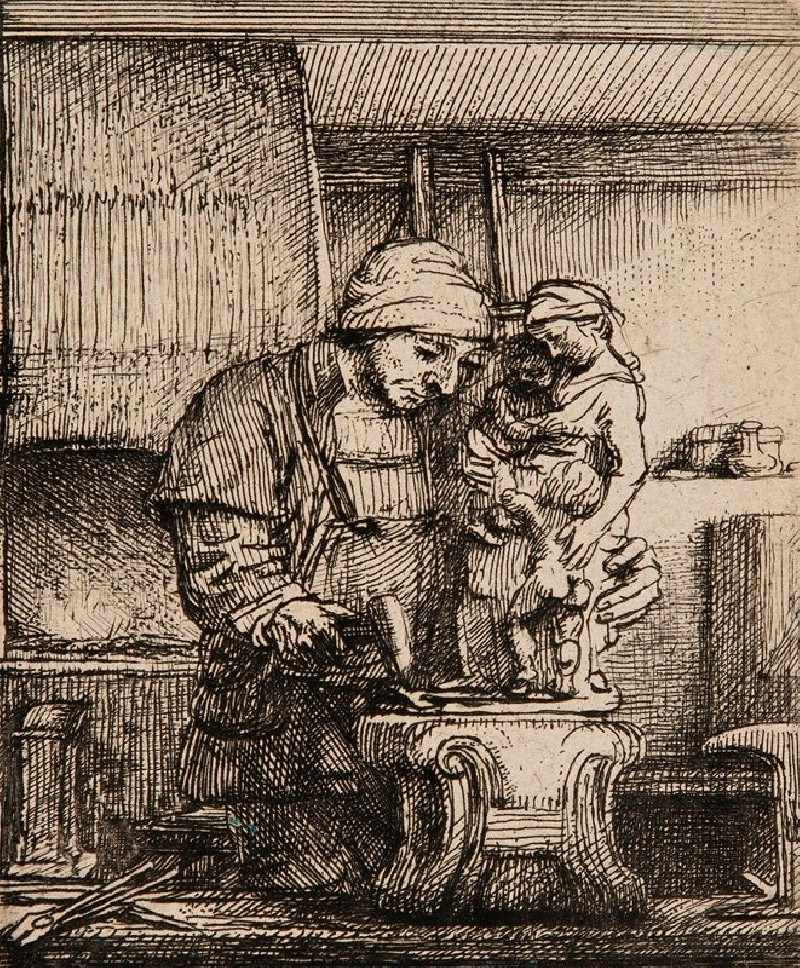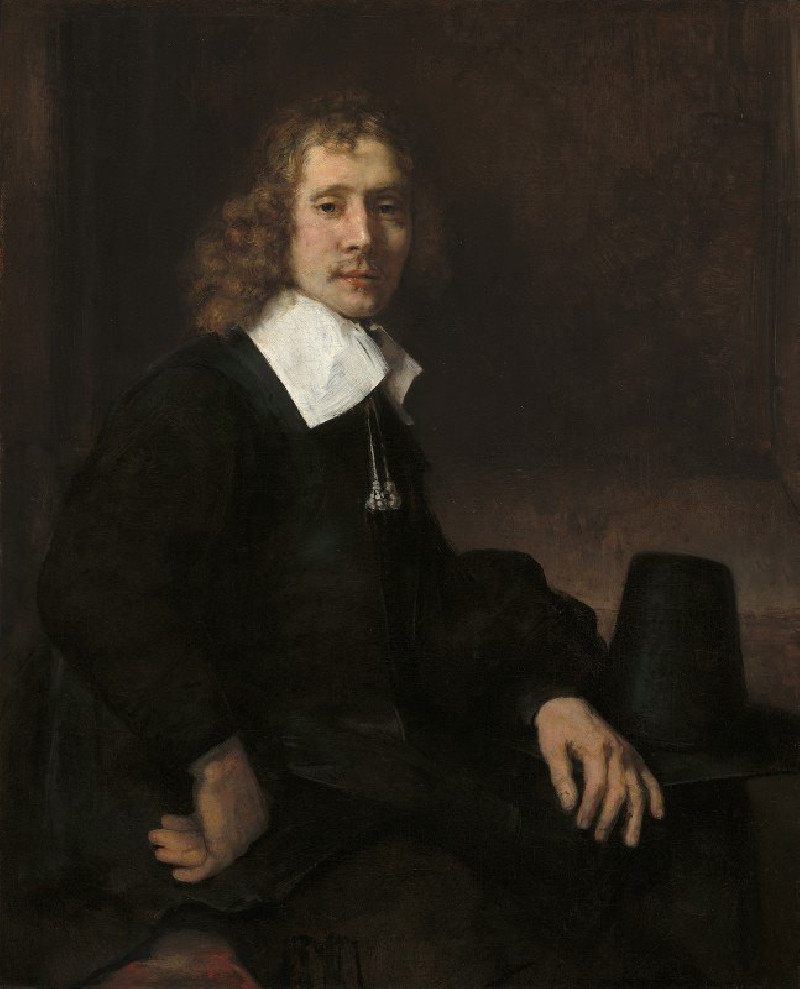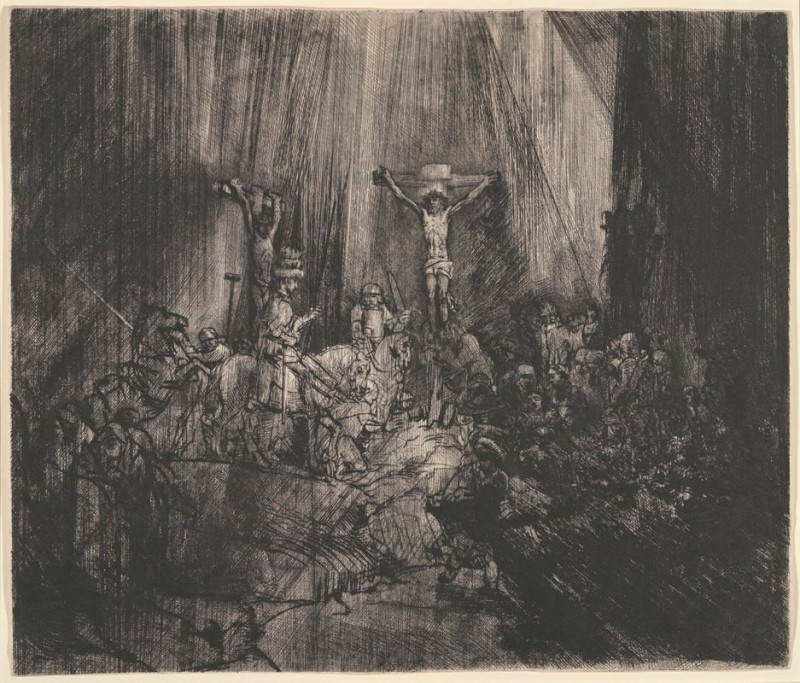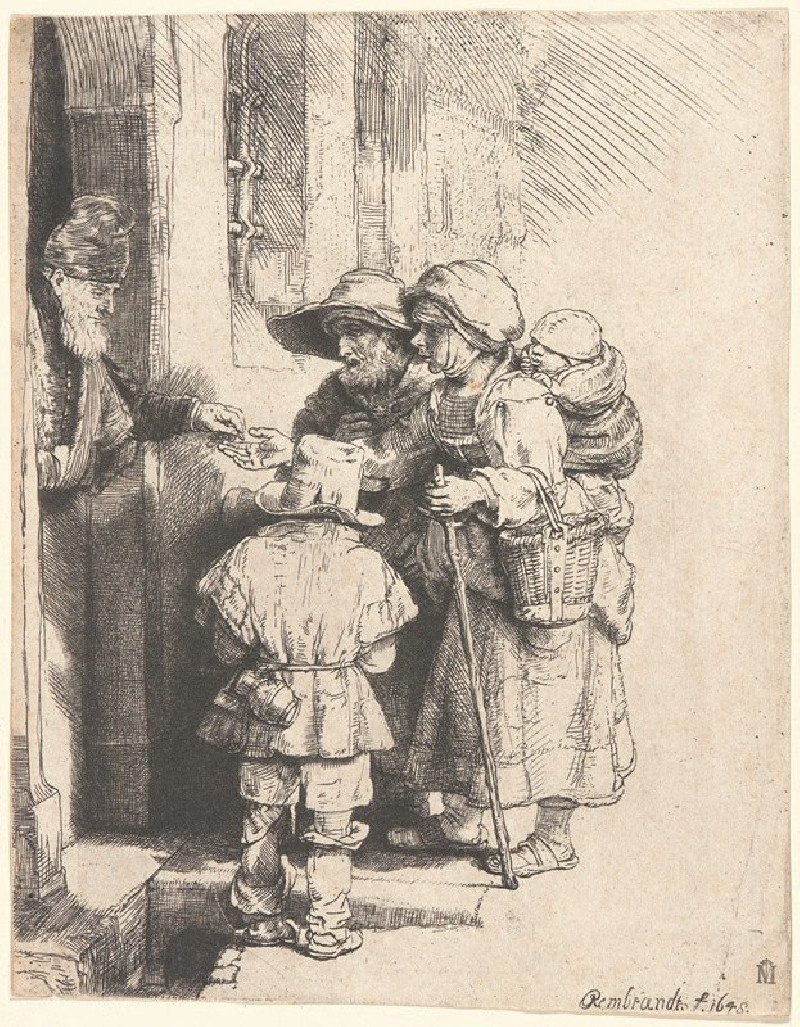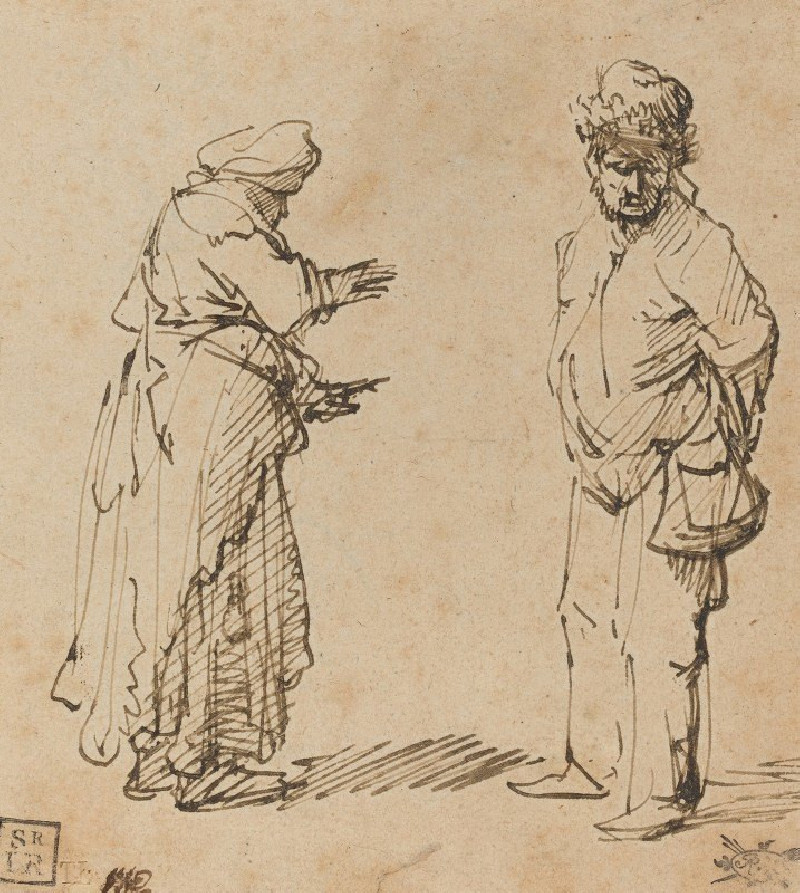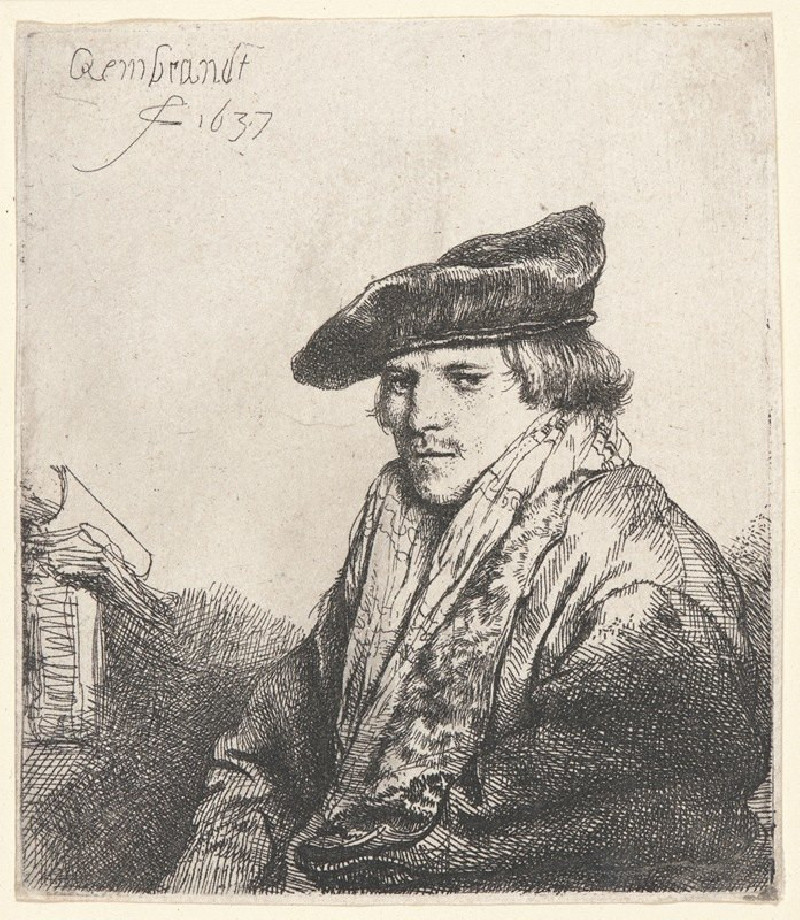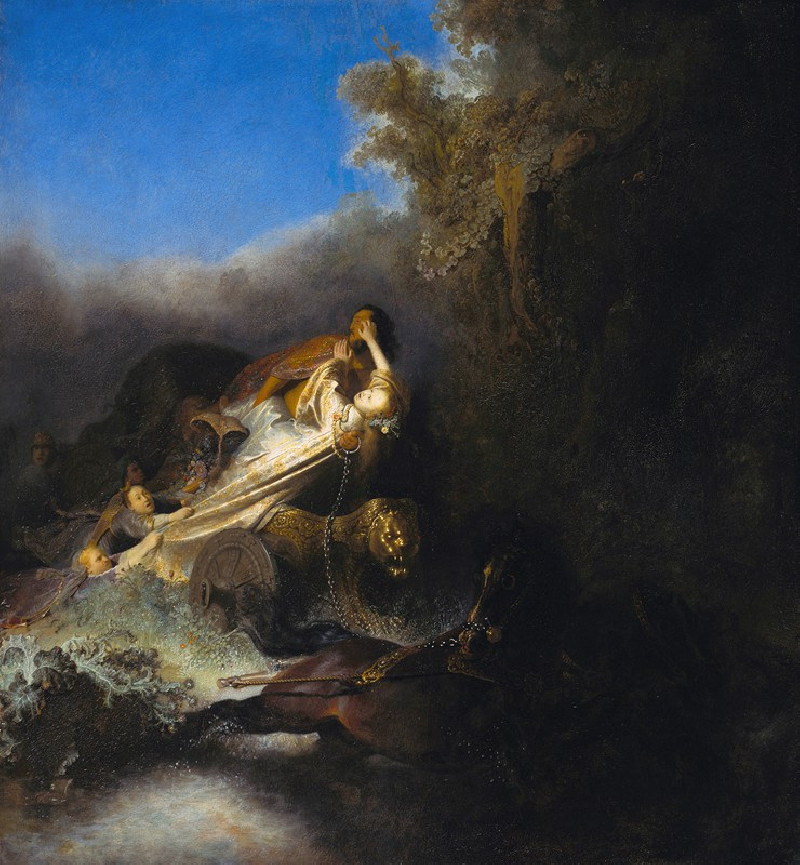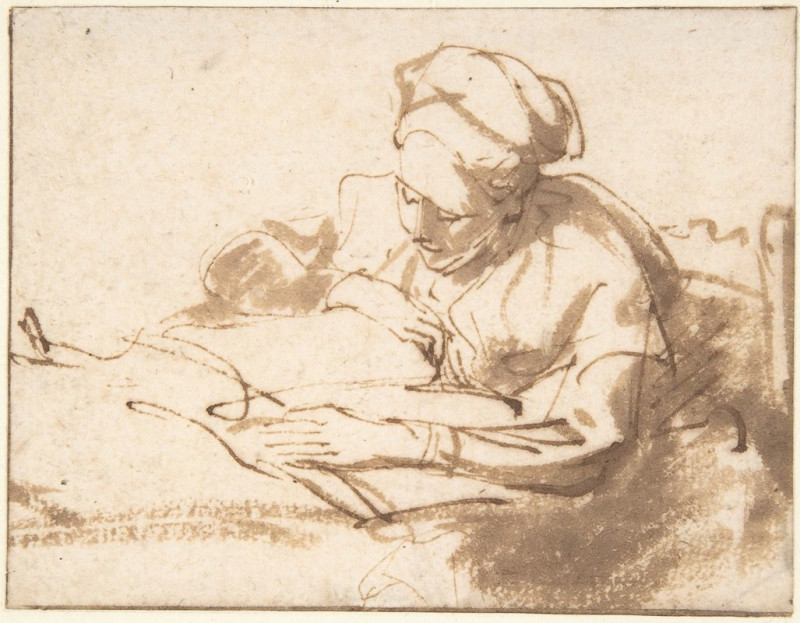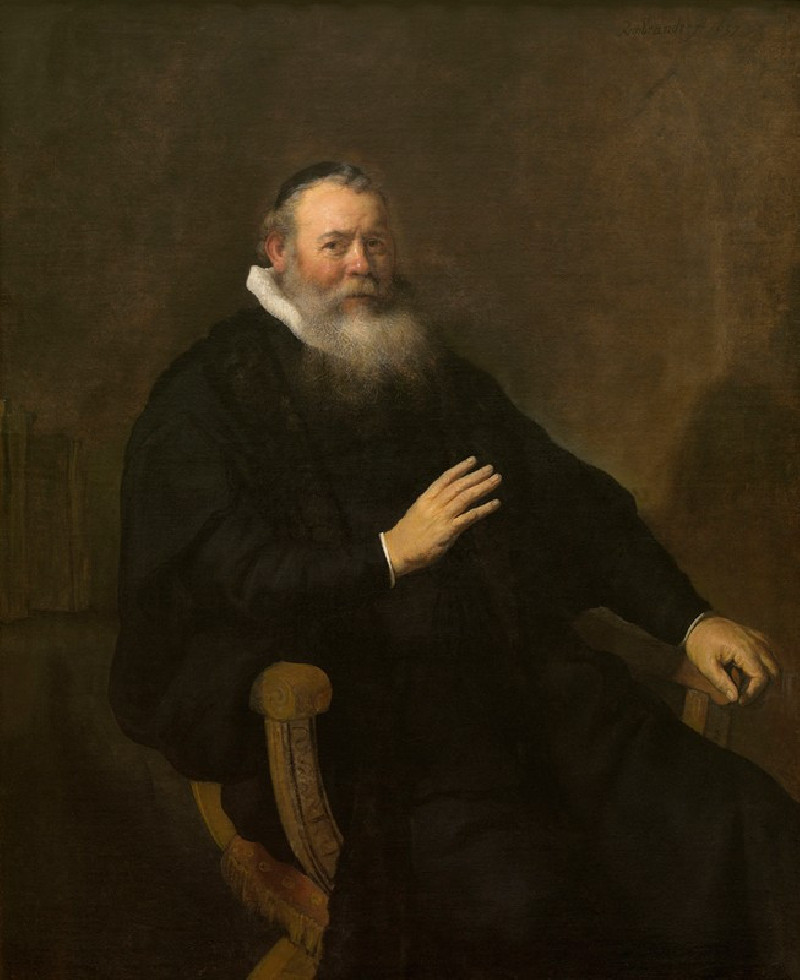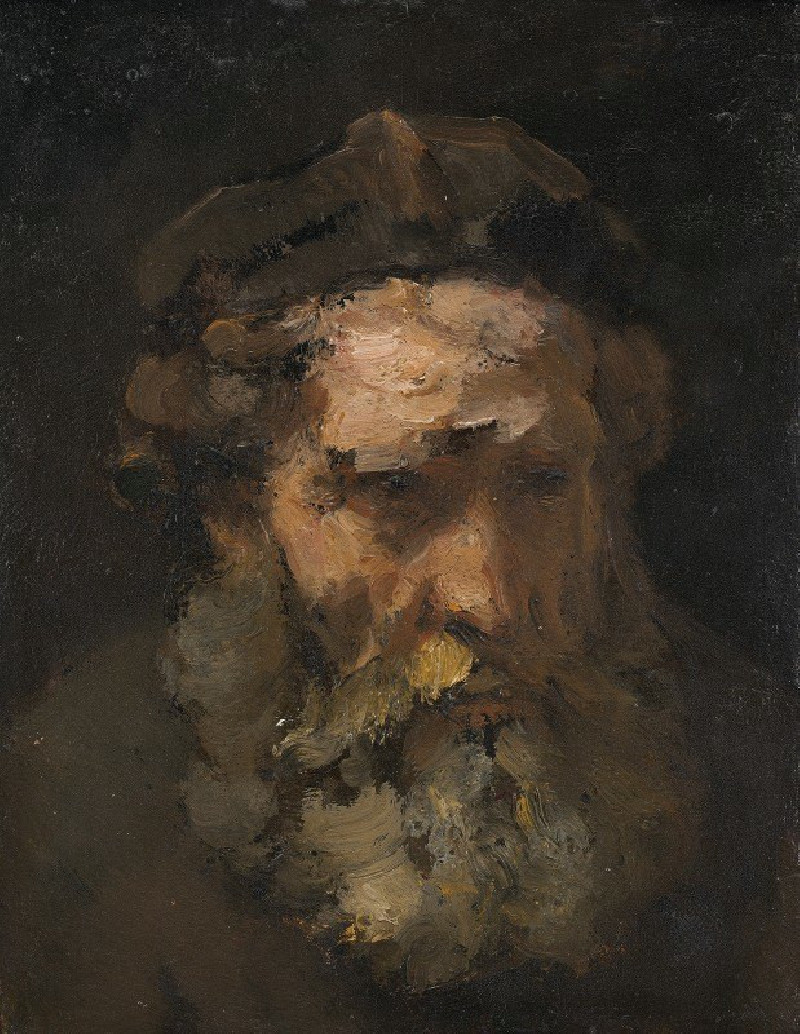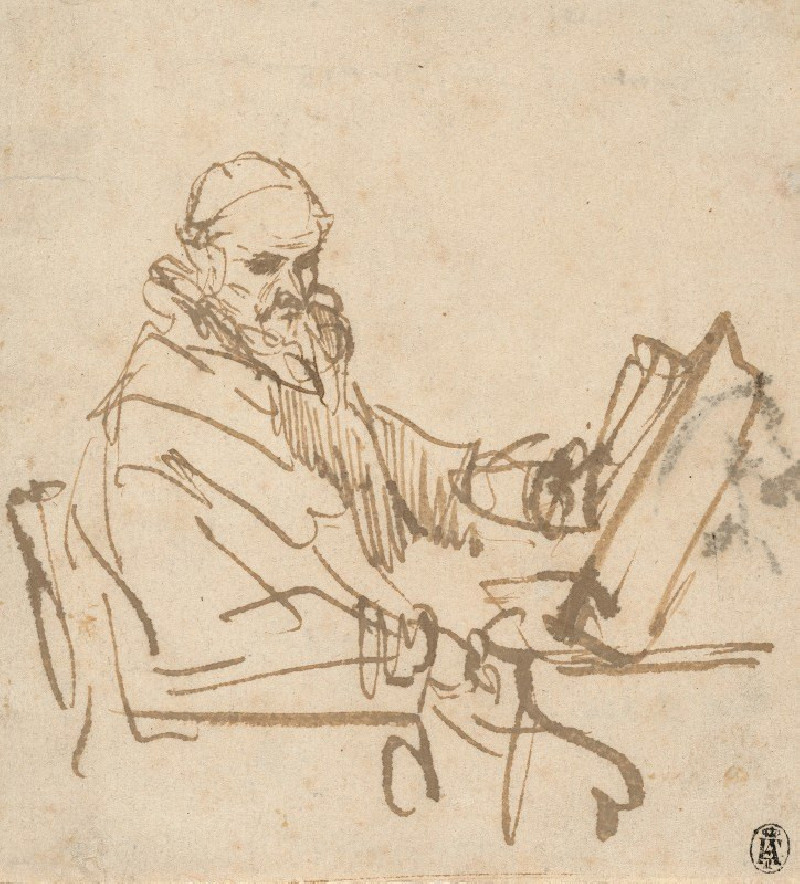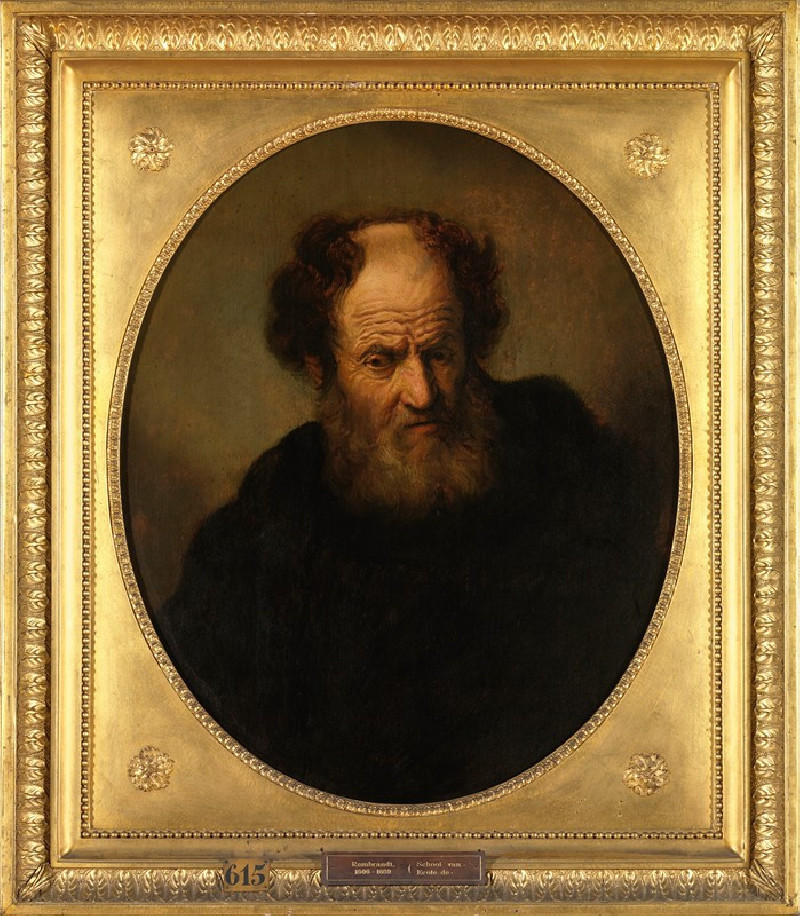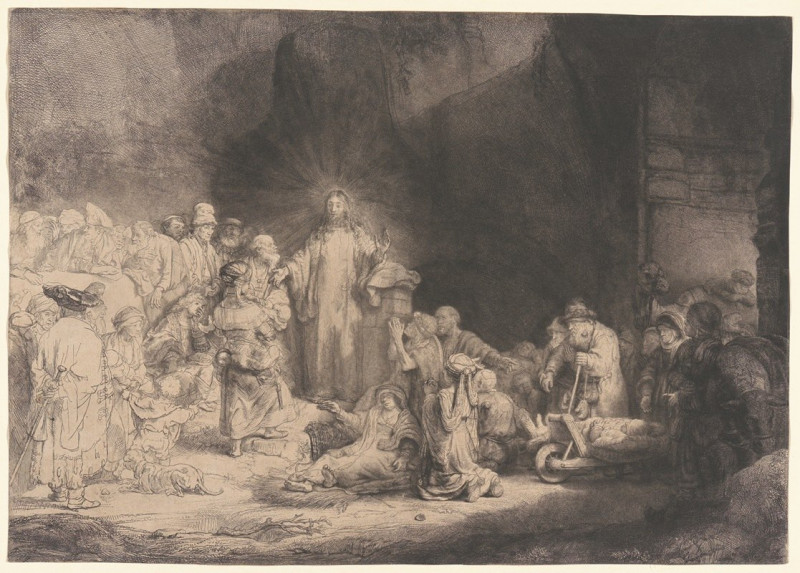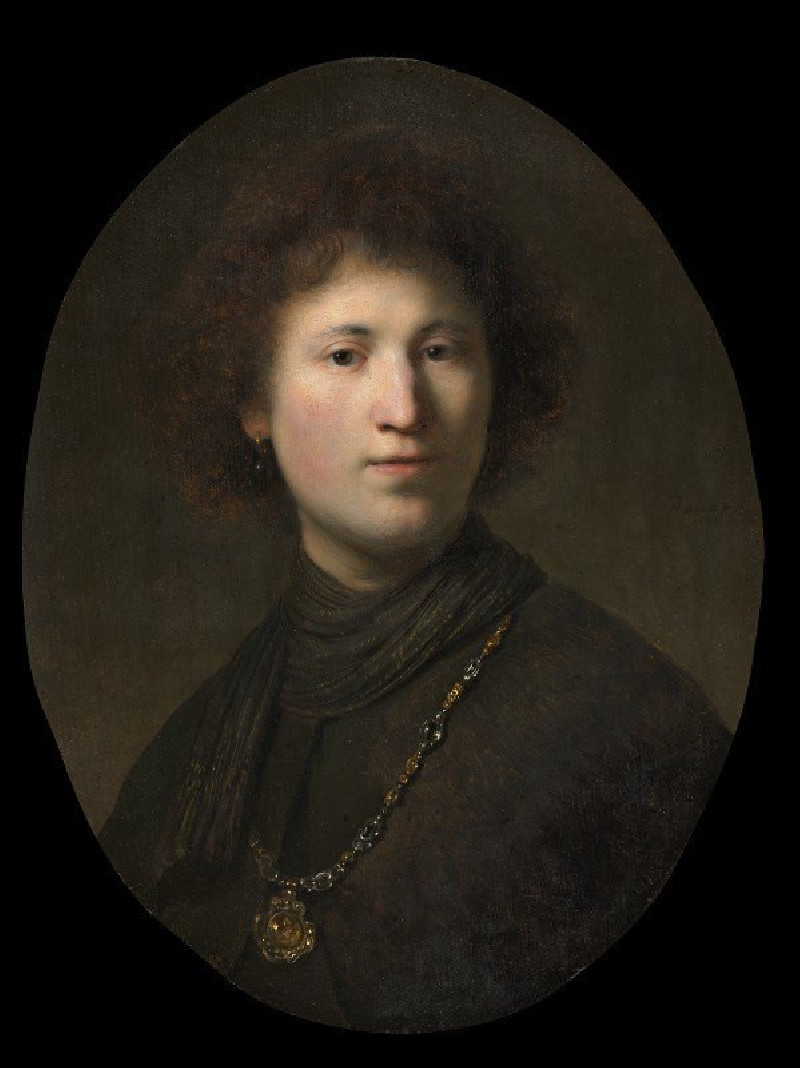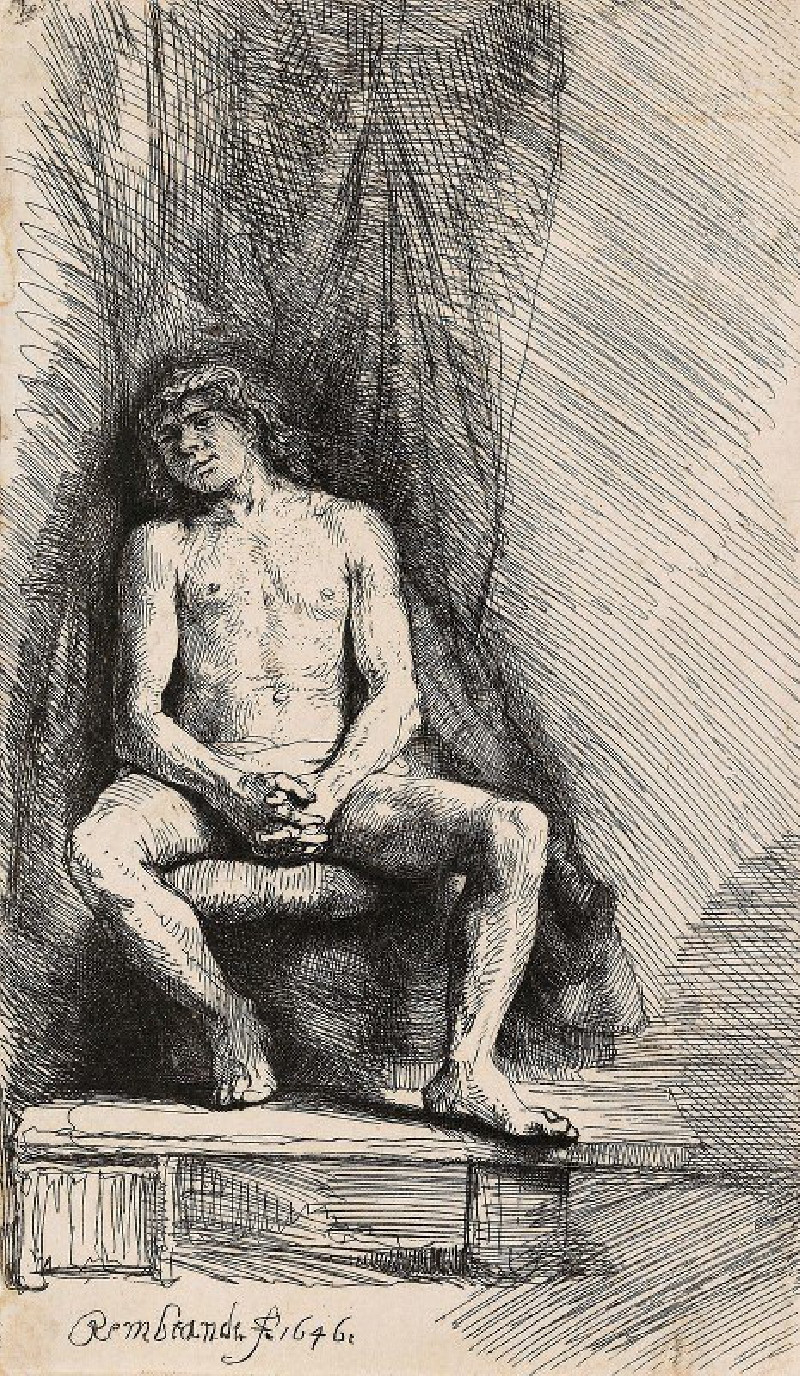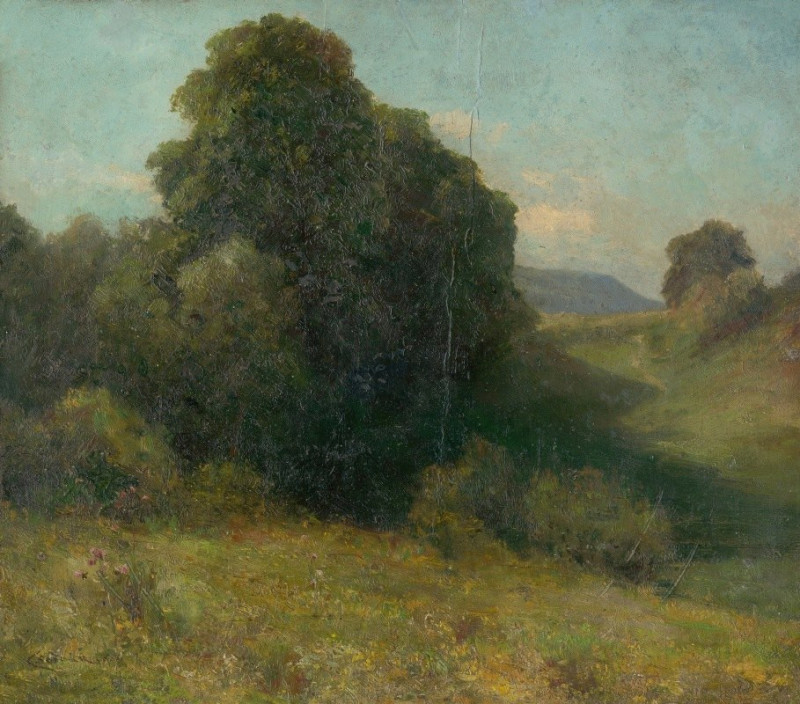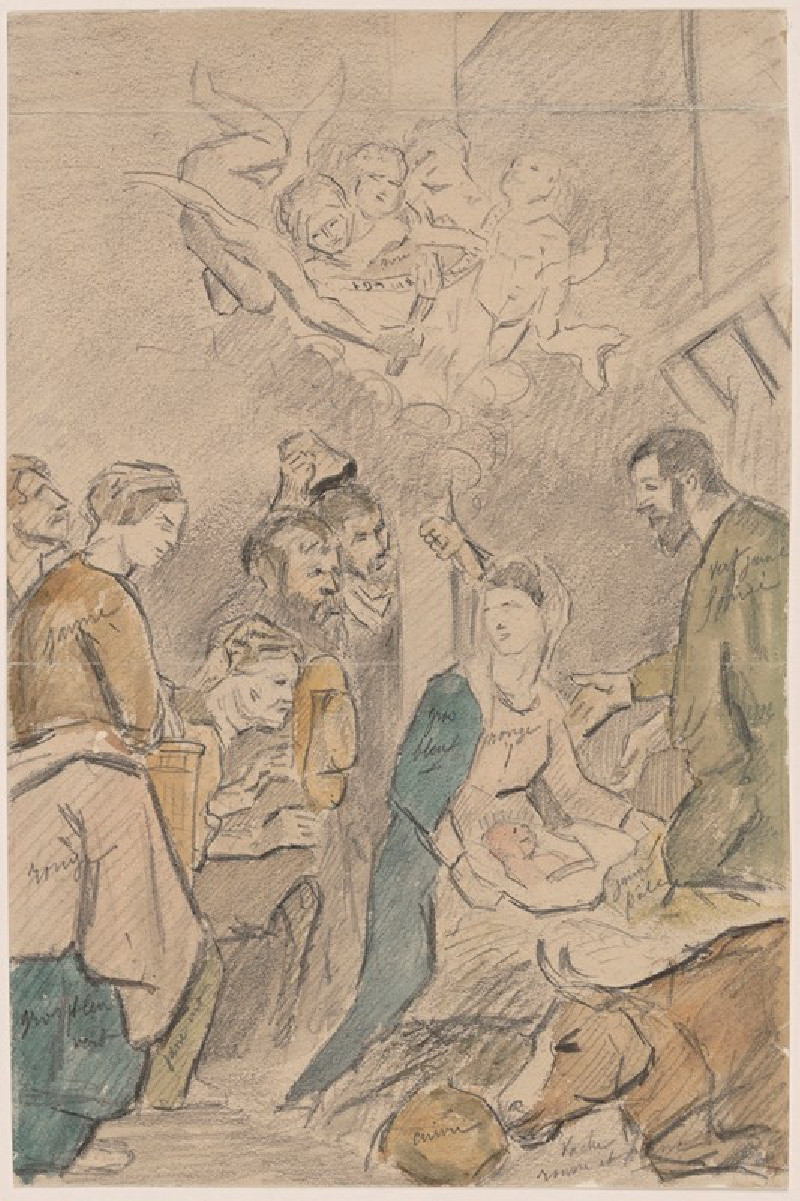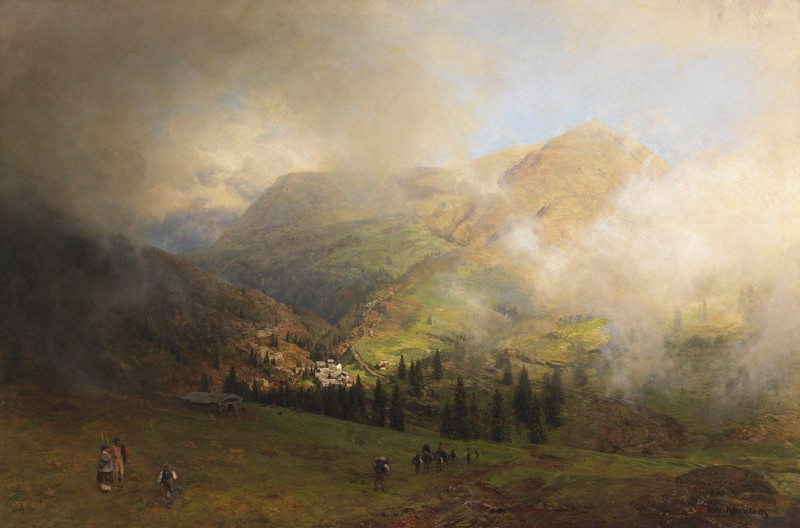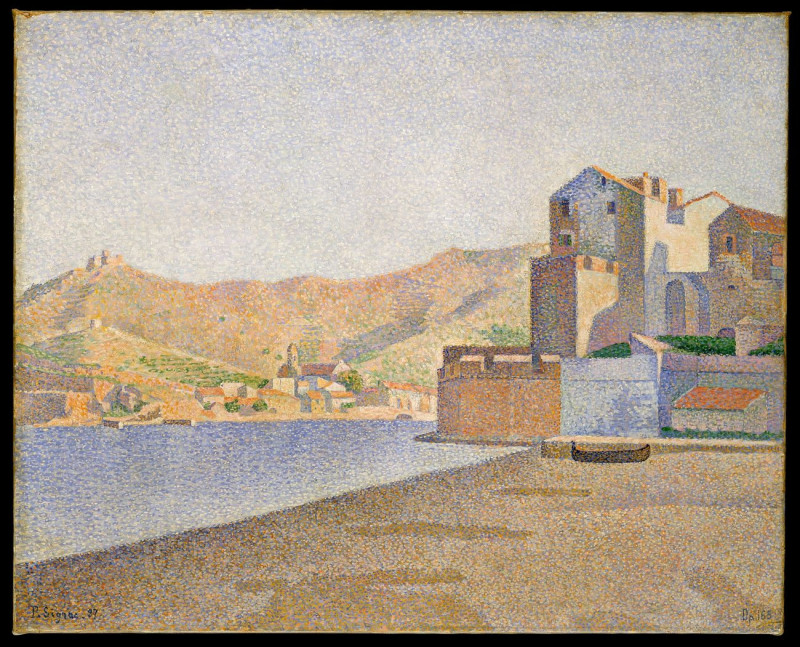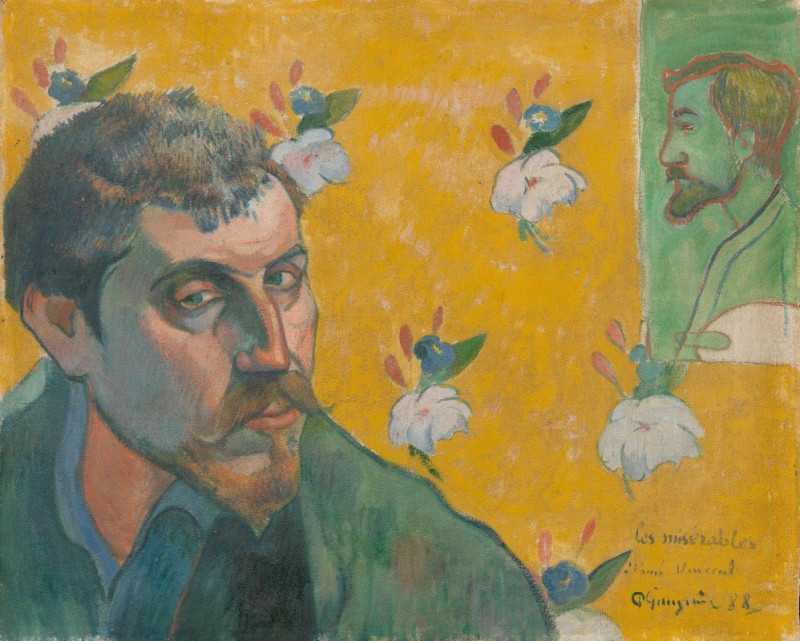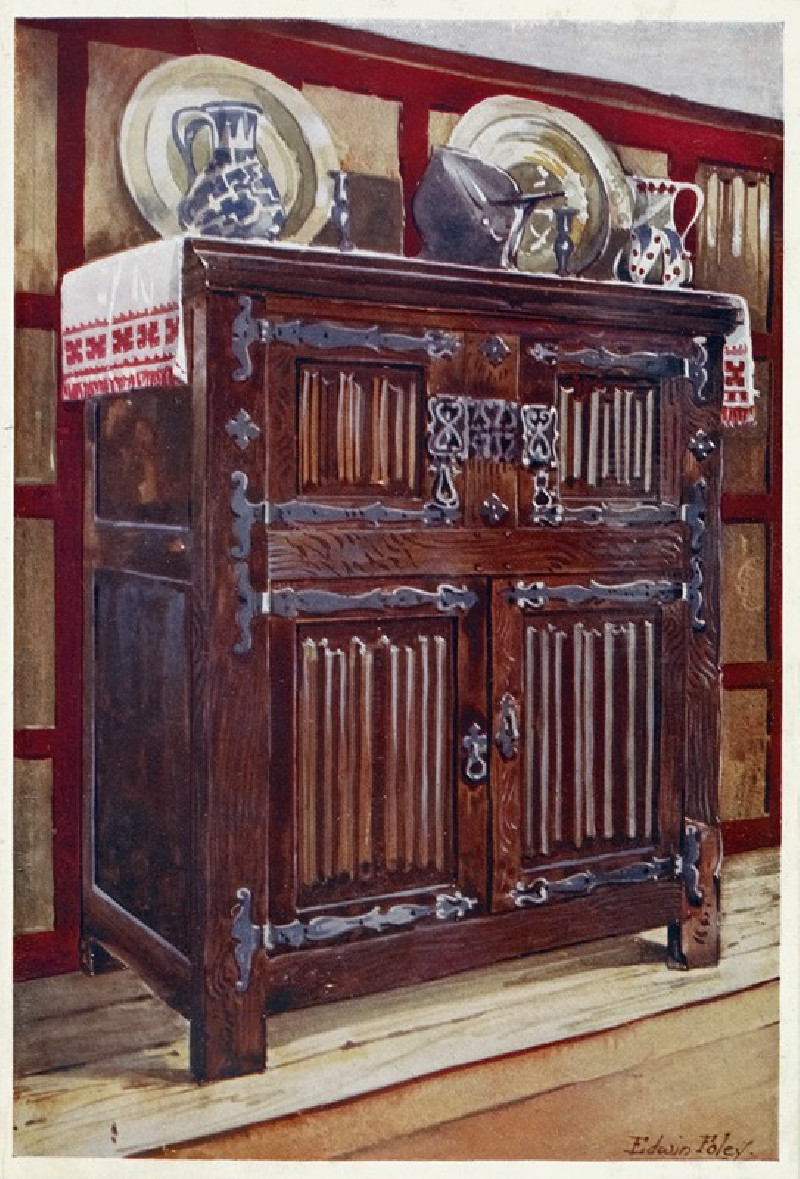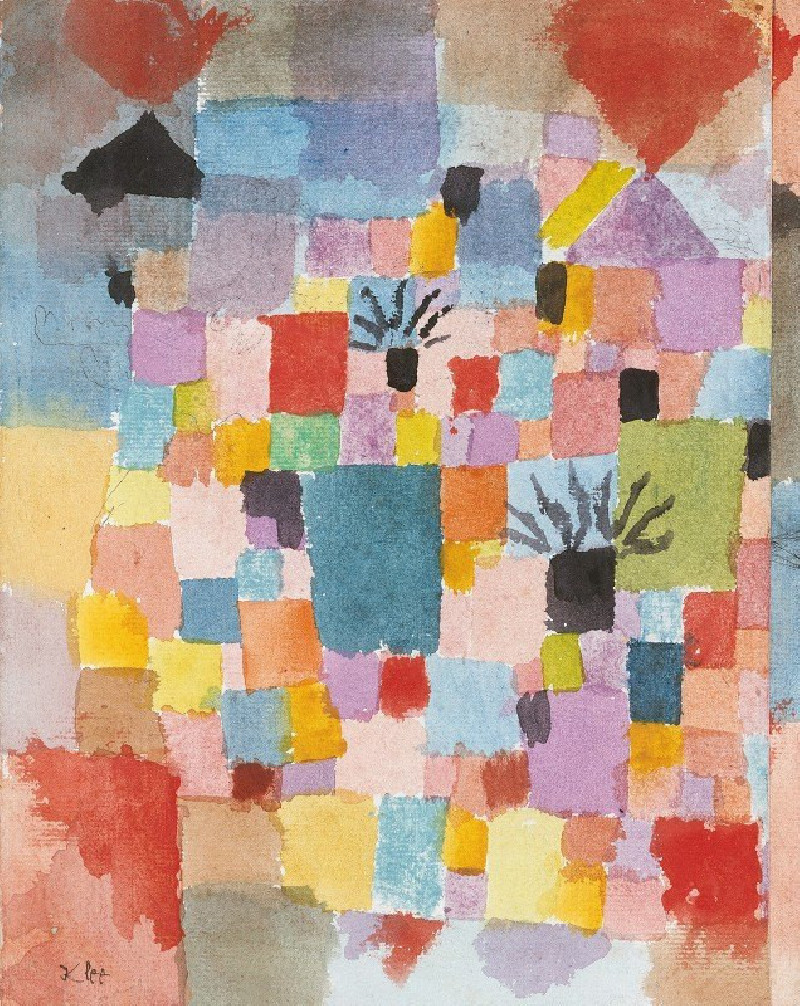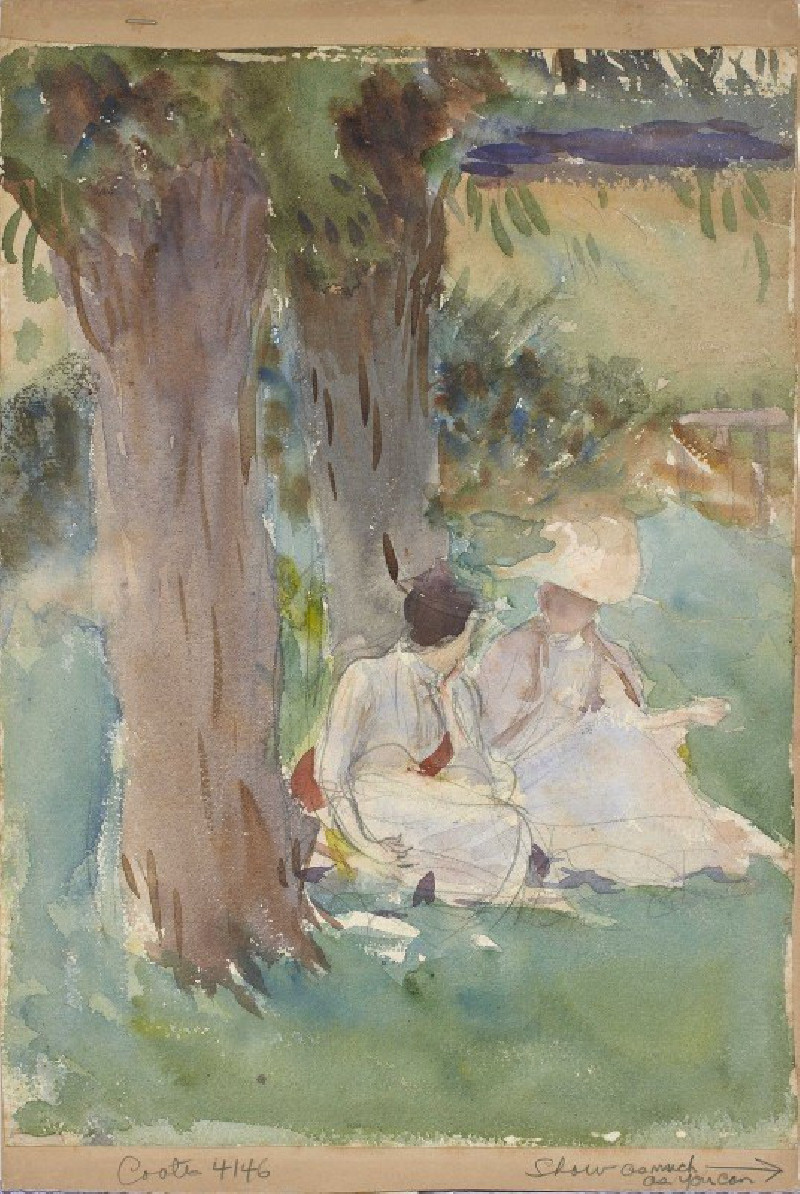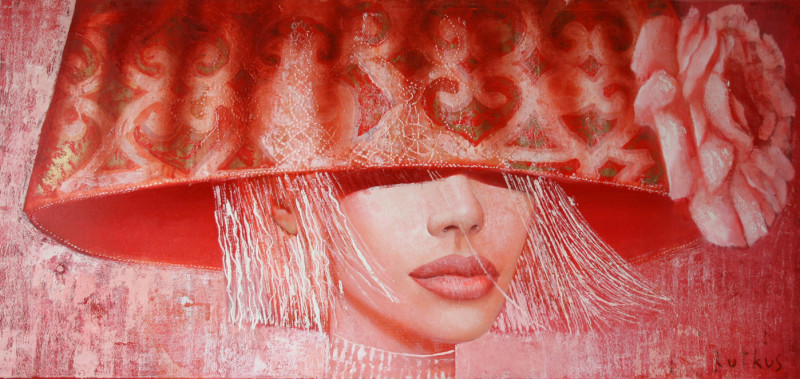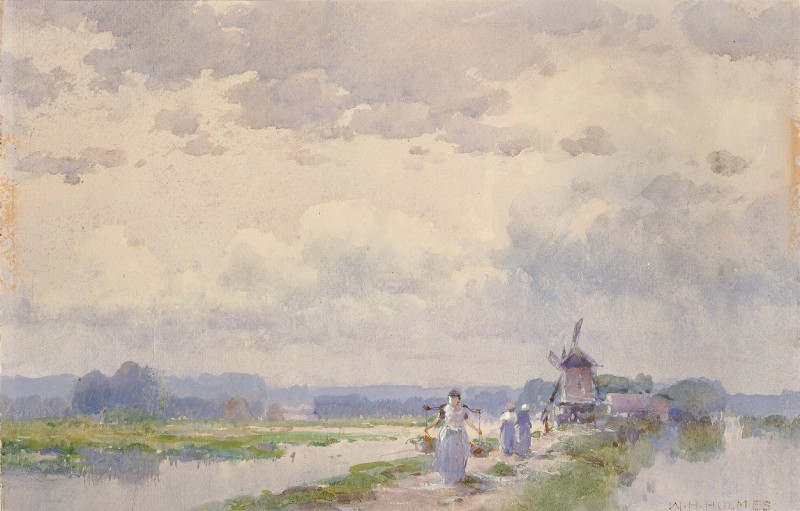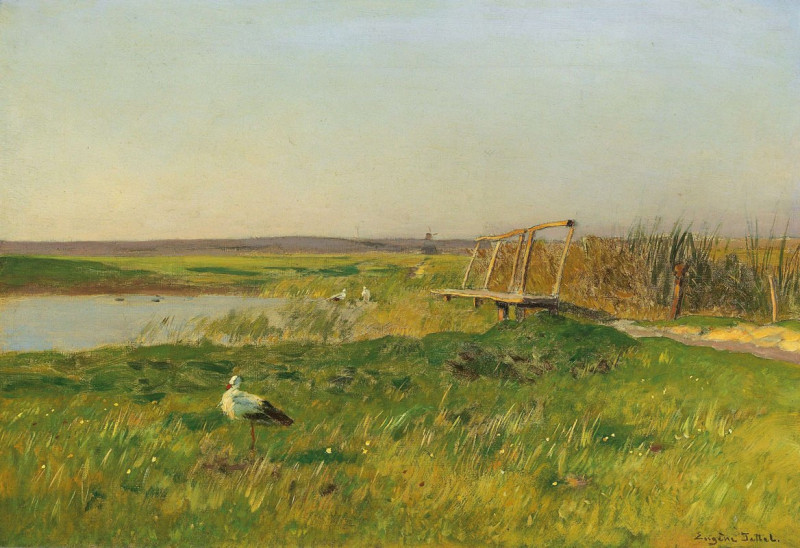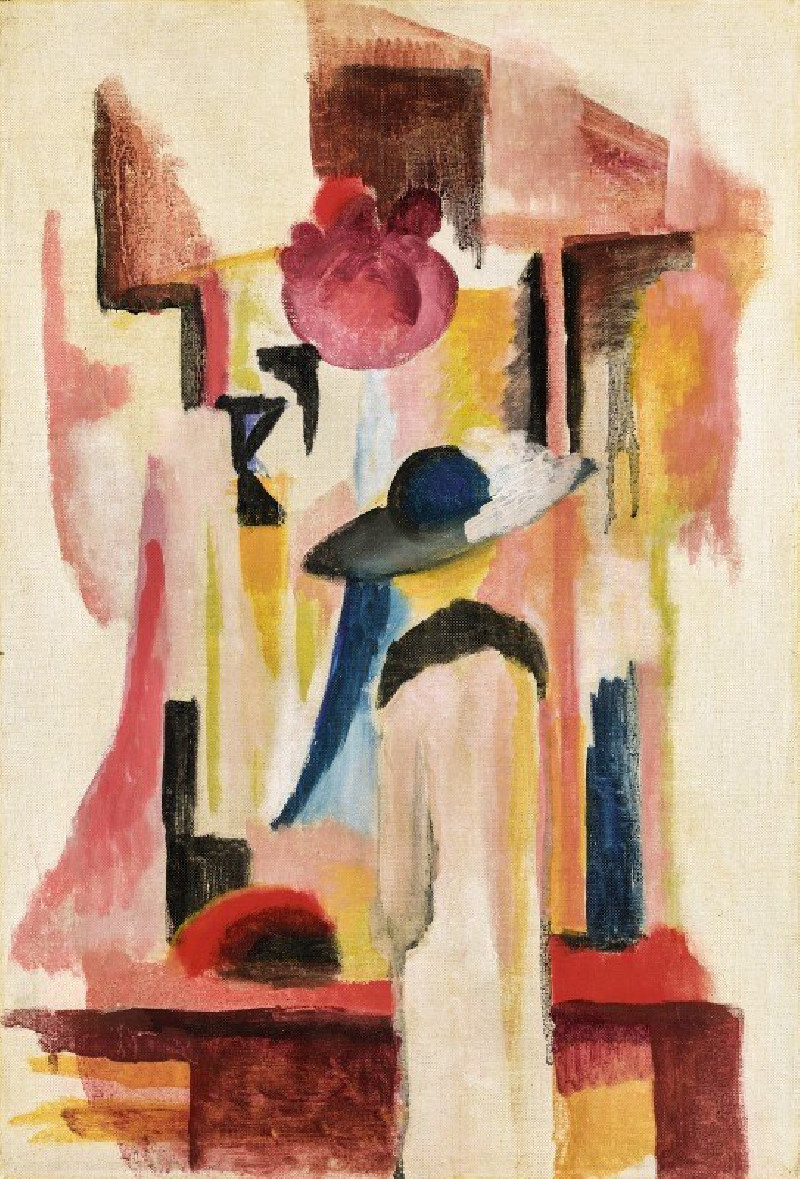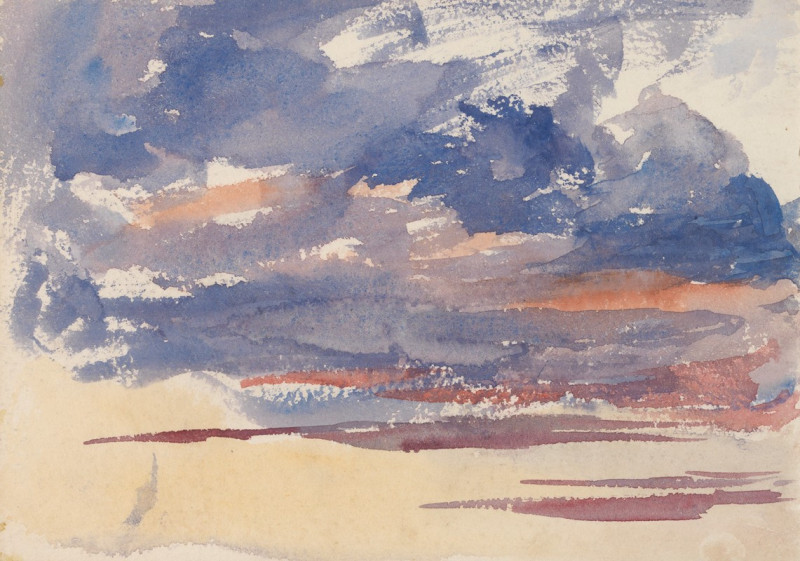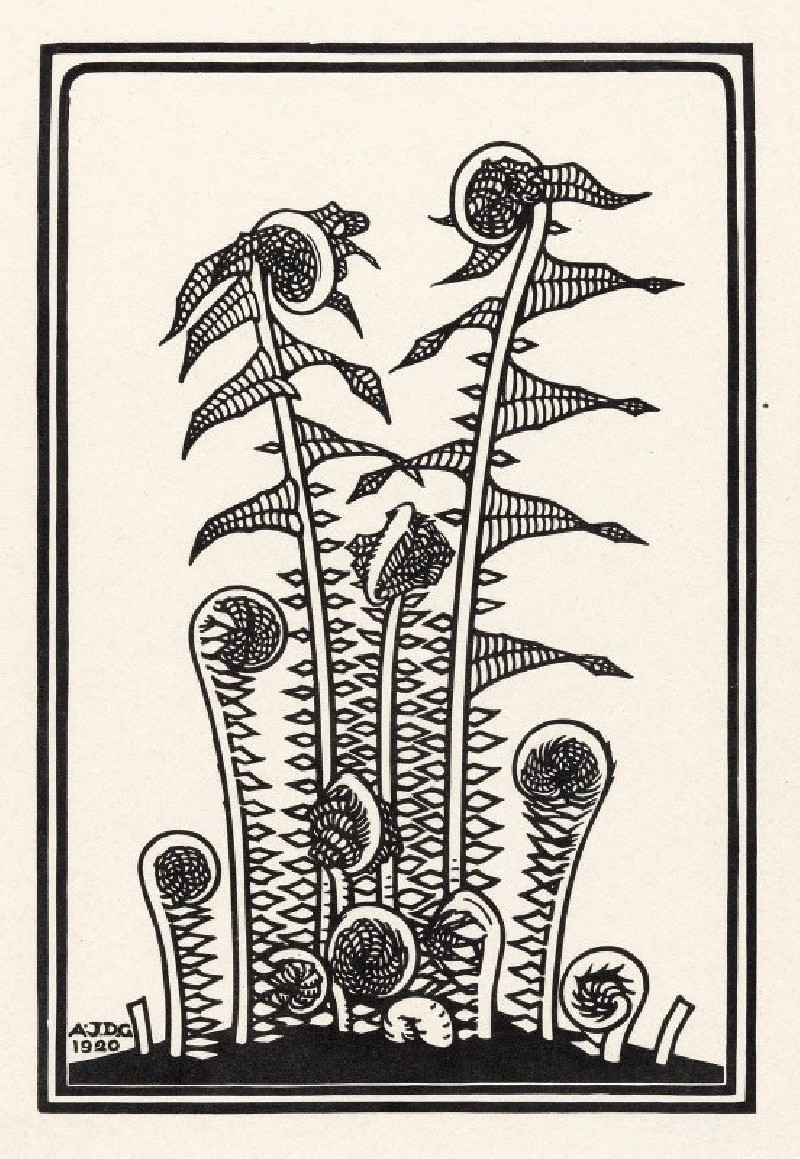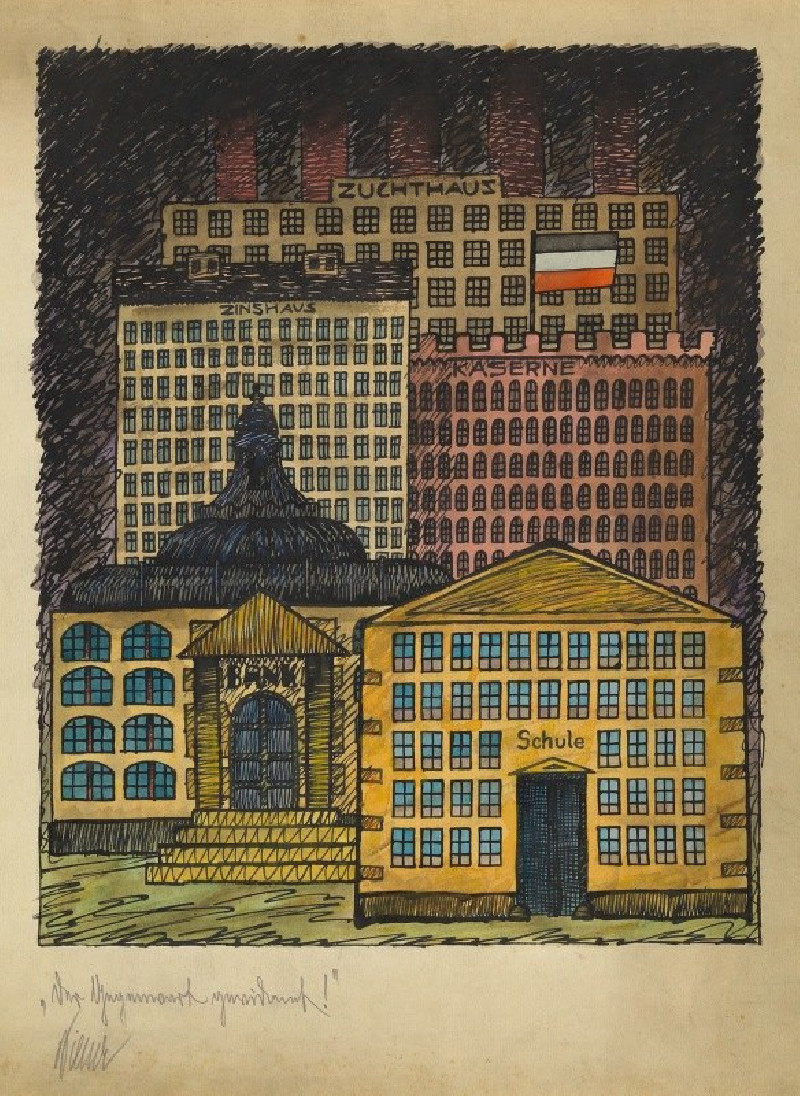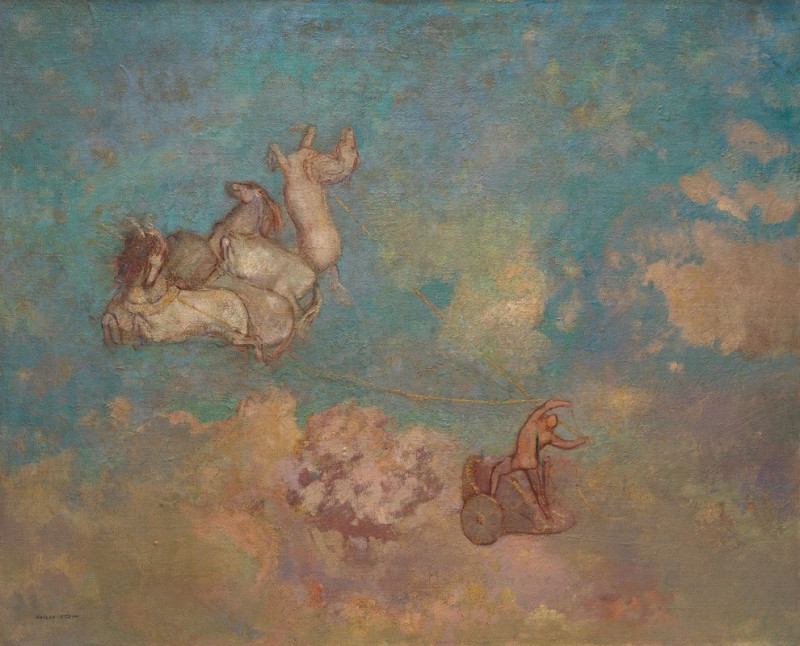Portrait of Ephraim Bueno (1645 - 1647)
Technique: Giclée quality print
Recommended by our customers
More about this artwork
"Portrait of Ephraim Bueno" (1645 - 1647) by Rembrandt van Rijn is a sublime illustration of the artist's mastery in encapsulating the essence and persona of his subjects. The painting depicts Ephraim Bueno, a respected Portuguese-Jewish physician and scholar based in Amsterdam. Rembrandt, renowned for his profound portraits, captures Bueno with a genteel dignity that is both introspective and commanding.In this portrait, Bueno is dressed in the fashion typical of 17th century intellectuals, with a dark, richly tailored outfit complemented by a crisp, white lace collar. His face, framed by a wide-brimmed black hat, is marked with the lines of age and experience, reflecting a life dedicated to contemplation and learning. The lighting in the painting highlights the texture of his skin and the soft gleam on his silk garment, enhancing the three-dimensional quality of the figure.Rembrandt's skillful use of chiaroscuro— the treatment of light and shade in drawing and painting—brings a dramatic intensity to the portrait, focusing viewer’s attention on Bueno’s thoughtful expression. There is a quiet strength in his gaze, suggesting wisdom and resilience, qualities that resonate with the sitter's background as a member of the Sephardic diaspora who excelled in a foreign land.This portrait not only demonstrates Rembrandt’s exceptional ability to render human emotion and texture, but also serves as a cultural bridge, connecting the viewer to the rich history of the Sephardic Jewish community in Amsterdam.
Delivery
Returns
Rembrandt Harmenszoon van Rijn was a Dutch draughtsman, painter, and printmaker. An innovative and prolific master in three media, he is generally considered one of the greatest visual artists in the history of art and the most important in Dutch art history. Unlike most Dutch masters of the 17th century, Rembrandt's works depict a wide range of style and subject matter, from portraits and self-portraits to landscapes, genre scenes, allegorical and historical scenes, and biblical and mythological themes as well as animal studies.

